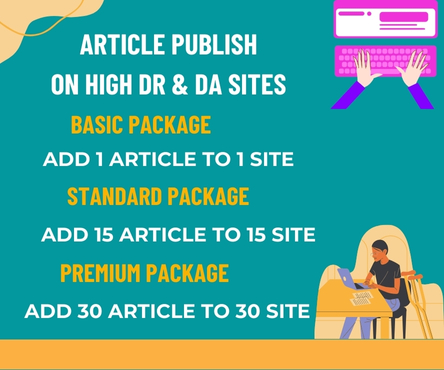As the world grapples with the challenges of climate change, individuals and businesses alike are seeking innovative ways to reduce their carbon footprint. One often-overlooked solution lies in the humble awning. By harnessing the power of energy-efficient awnings, you can not only enhance the aesthetic appeal of your building but also make a significant contribution to a more sustainable future. Please visit Pergola and awnings in New Jersey
The Impact of Traditional Awnings
Conventional awnings can have a substantial environmental impact, from the materials used in their construction to the energy consumption they can influence. Many traditional awnings are made from non-biodegradable materials, such as PVC or vinyl, which can end up in landfills or oceans if not disposed of properly. Furthermore, these awnings can contribute to increased energy consumption by allowing excessive sunlight to heat up buildings, thereby increasing the demand for air conditioning and other cooling systems.
The Benefits of Energy-Efficient Awnings
Energy-efficient awnings, on the other hand, offer a multitude of benefits for both the environment and your wallet. By providing shade and reducing the amount of direct sunlight that enters your building, these awnings can lower the need for artificial cooling systems. This, in turn, can lead to significant energy savings and a reduction in your carbon footprint. Additionally, energy-efficient awnings can be designed to be durable and long-lasting, reducing the need for frequent replacements and the waste associated with them.
Types of Energy-Efficient Awnings
There are several types of energy-efficient awnings available, each with its unique characteristics and benefits. Some popular options include:
- Retractable Awnings: These awnings can be extended or retracted as needed, providing flexibility and control over the amount of sunlight that enters your building.
- Solar-Powered Awnings: These awnings are equipped with solar panels that generate electricity, further reducing your reliance on non-renewable energy sources.
- Green Awnings: These awnings are covered with plants or greenery, providing insulation and reducing the urban heat island effect.
- Movable Louver Awnings: These awnings feature adjustable louvers that can be angled to control the amount of sunlight that enters your building.
Design Considerations for Energy-Efficient Awnings
When designing an energy-efficient awning, several factors should be taken into account. These include:
- Orientation: The orientation of your awning will impact its effectiveness in providing shade and reducing energy consumption.
- Materials: Choose materials that are durable, sustainable, and require minimal maintenance.
- Size: Ensure your awning is the right size for your building and windows.
- Color: Select a color that complements your building’s exterior while also providing optimal shading.
Conclusion
Energy-efficient awnings offer a practical and effective solution for reducing your carbon footprint. By providing shade, reducing energy consumption, and promoting sustainability, these awnings can play a significant role in creating a more environmentally friendly future. Whether you’re a homeowner or business owner, consider incorporating energy-efficient awnings into your building design and take the first step towards a more sustainable tomorrow. With their numerous benefits and design flexibility, energy-efficient awnings are an investment worth considering for anyone looking to reduce their environmental impact. By embracing sustainable shade solutions, we can work together to mitigate climate change and create a better world for generations to come.

